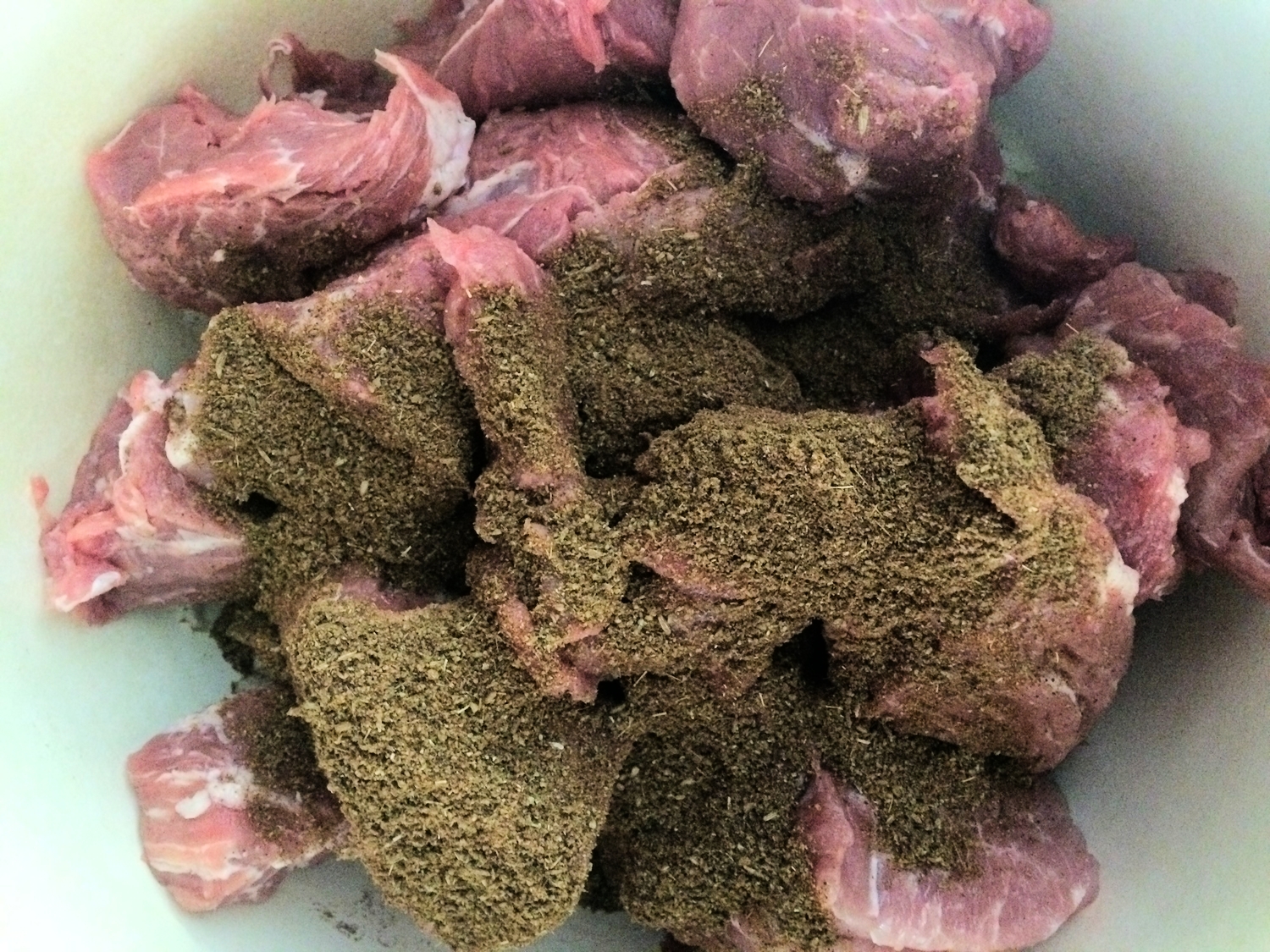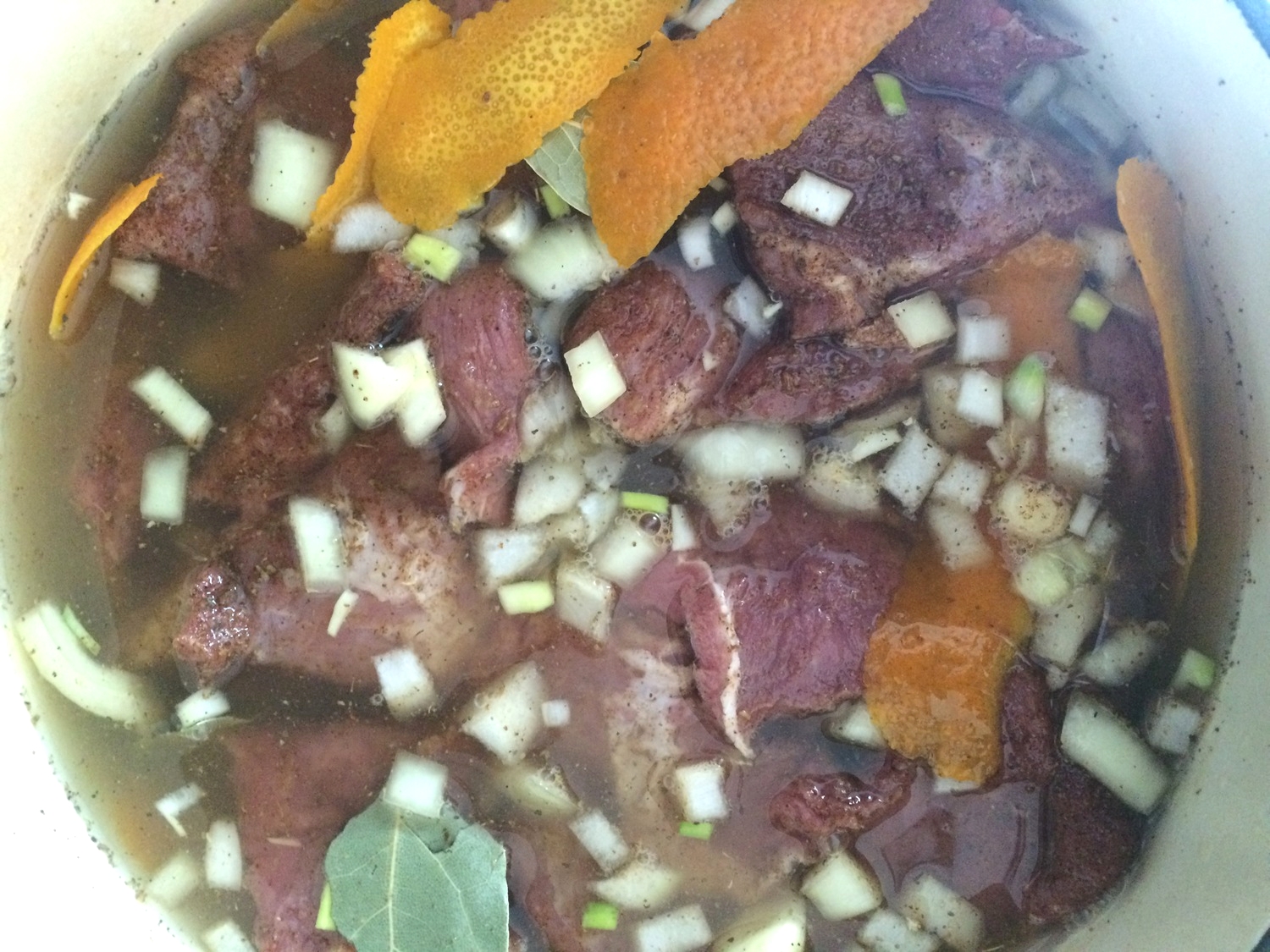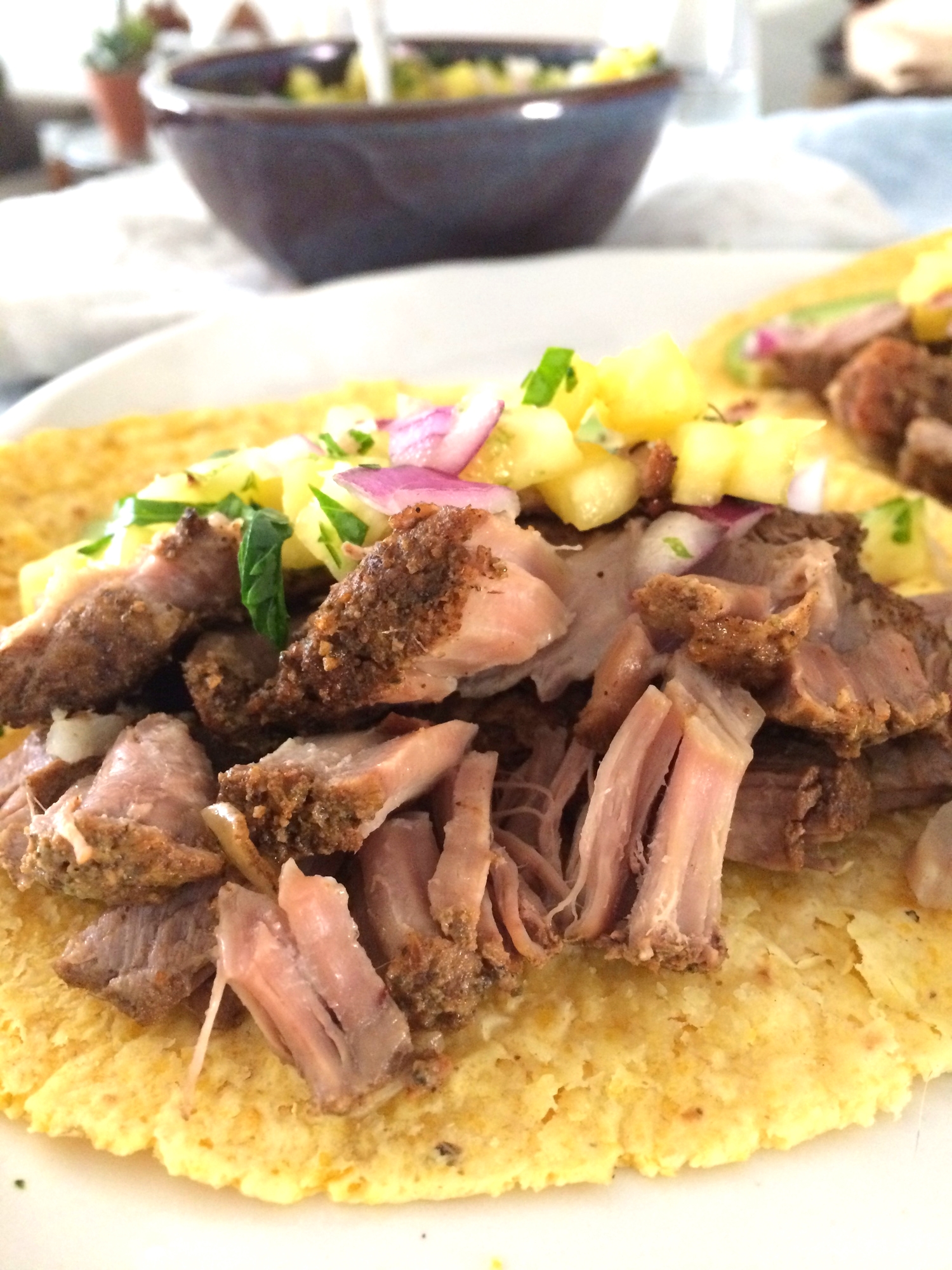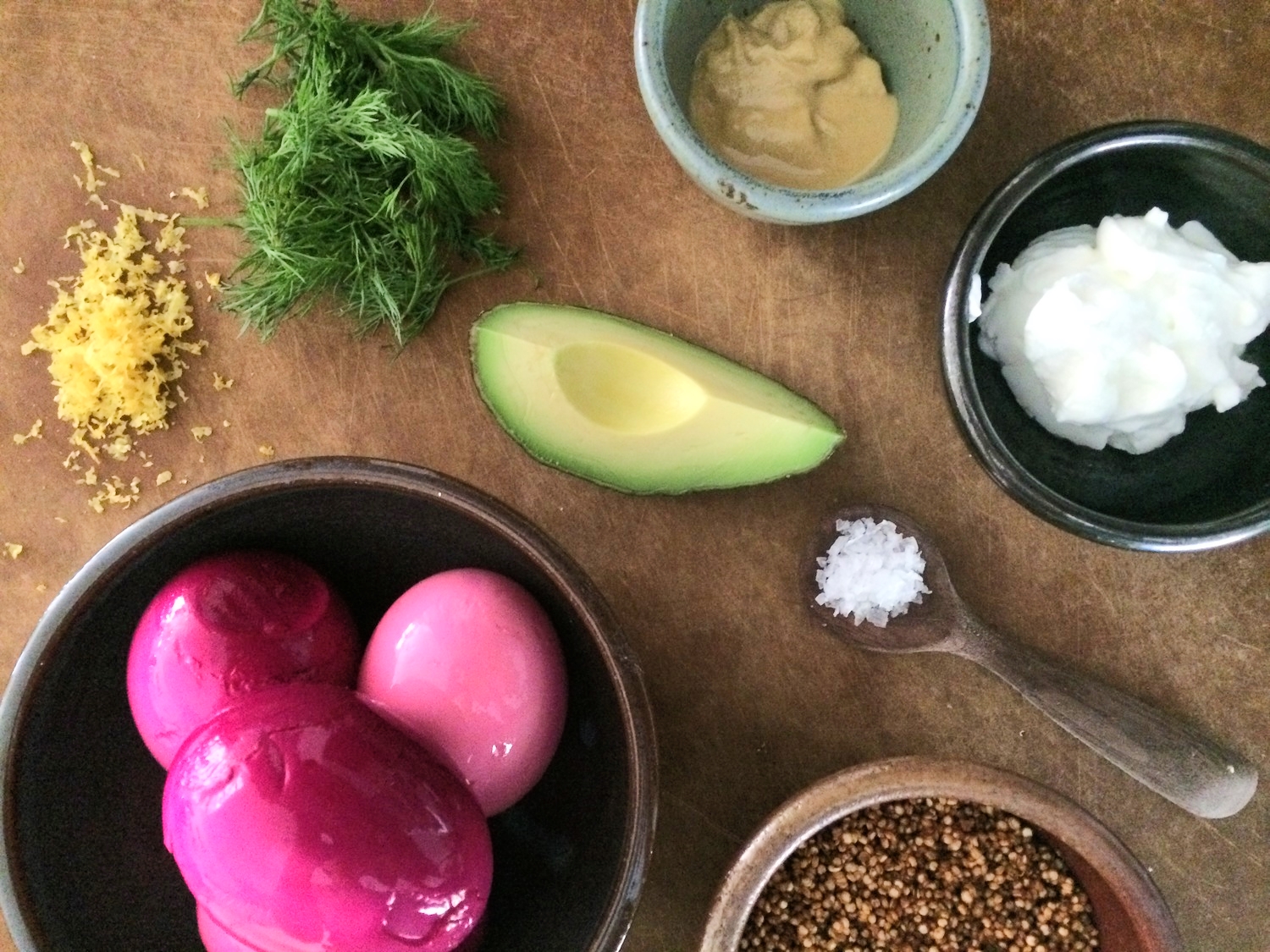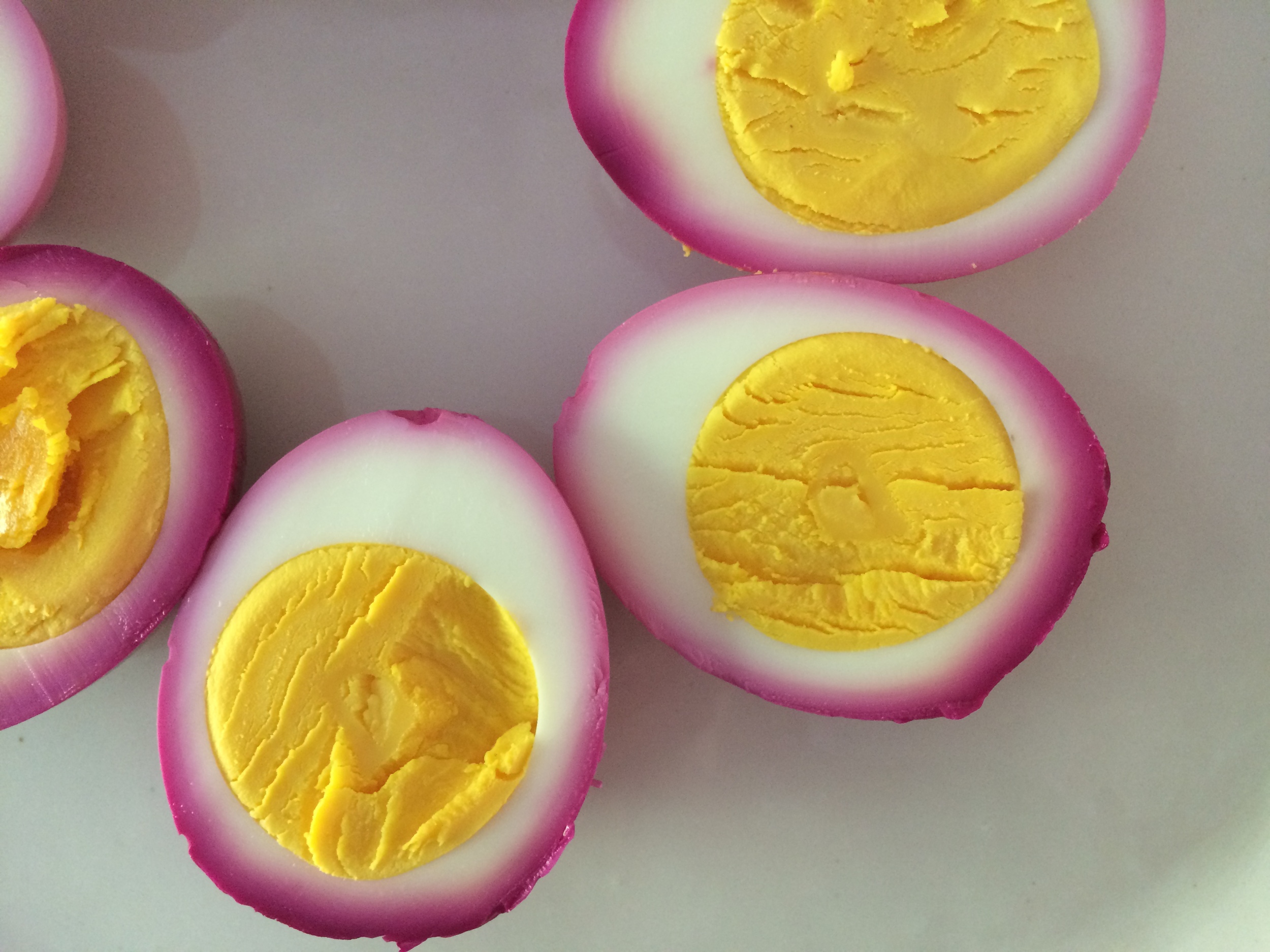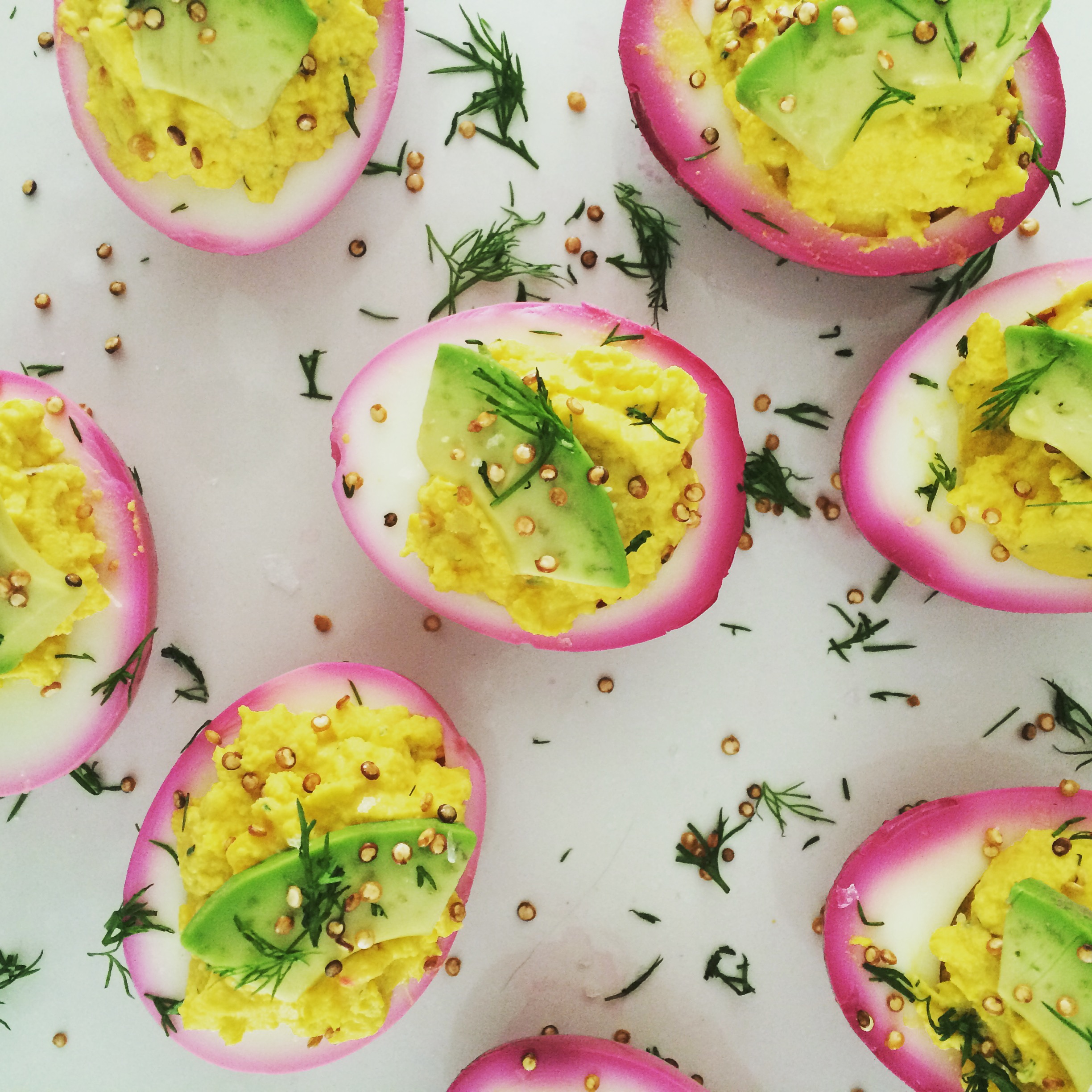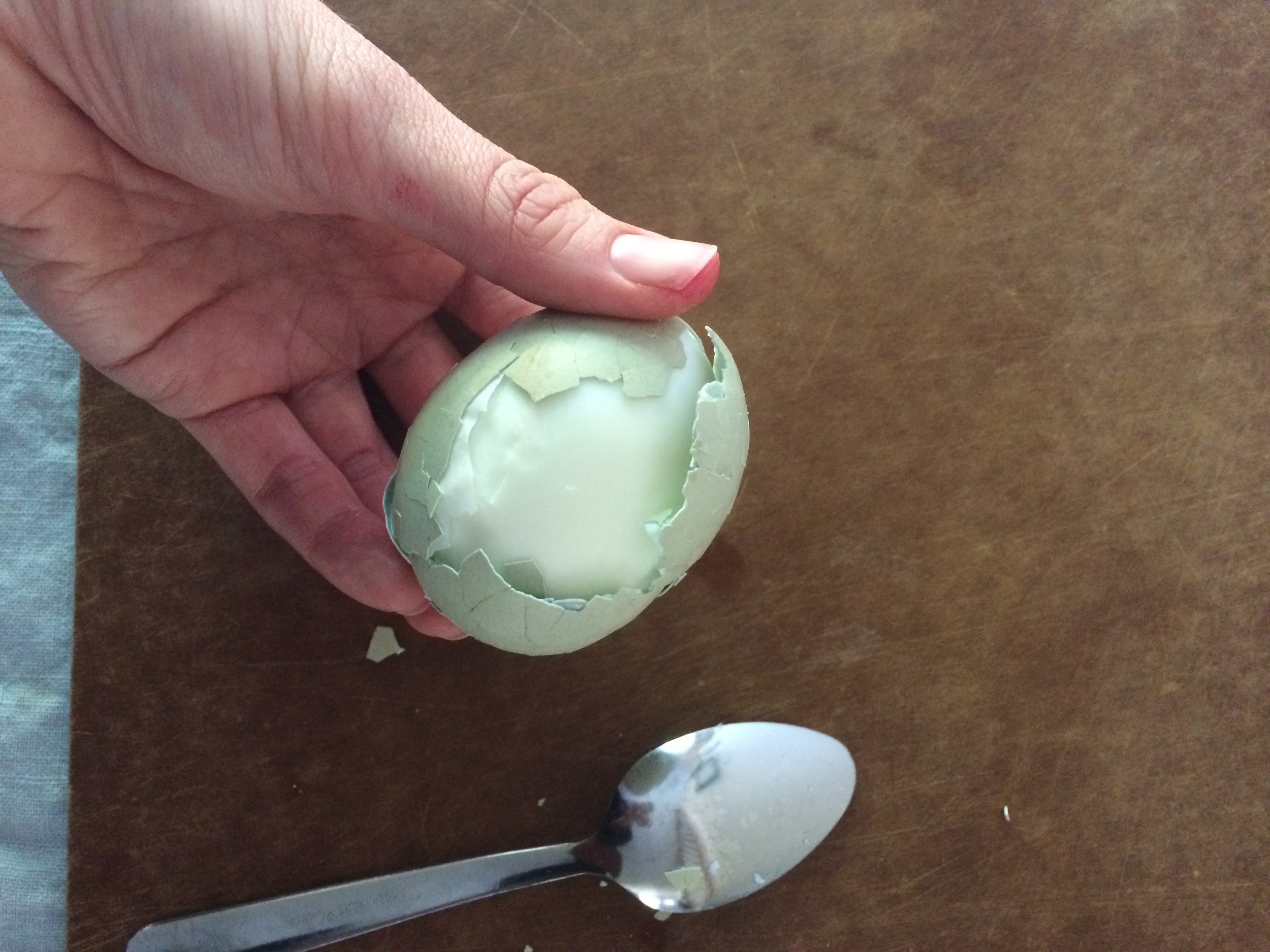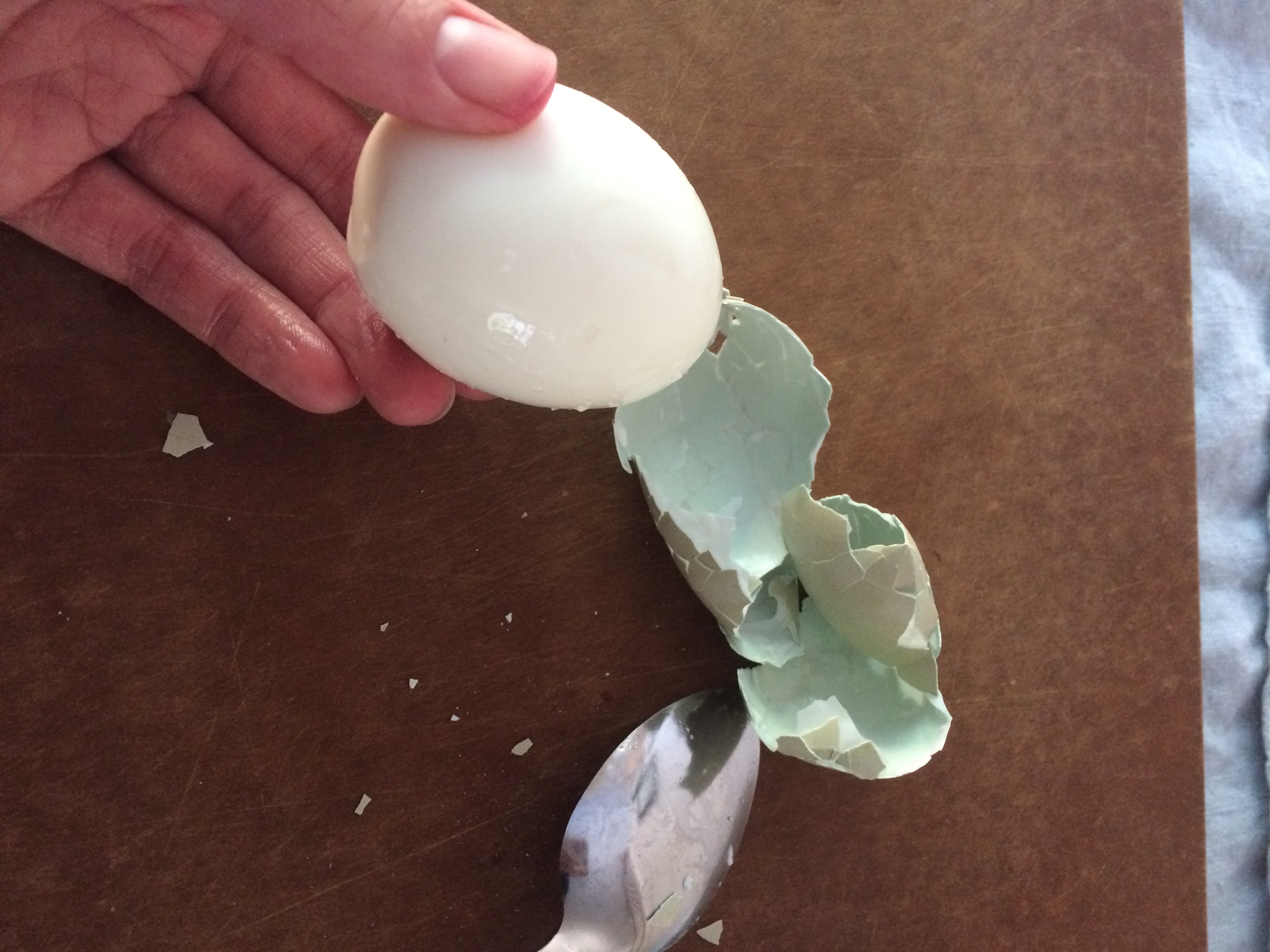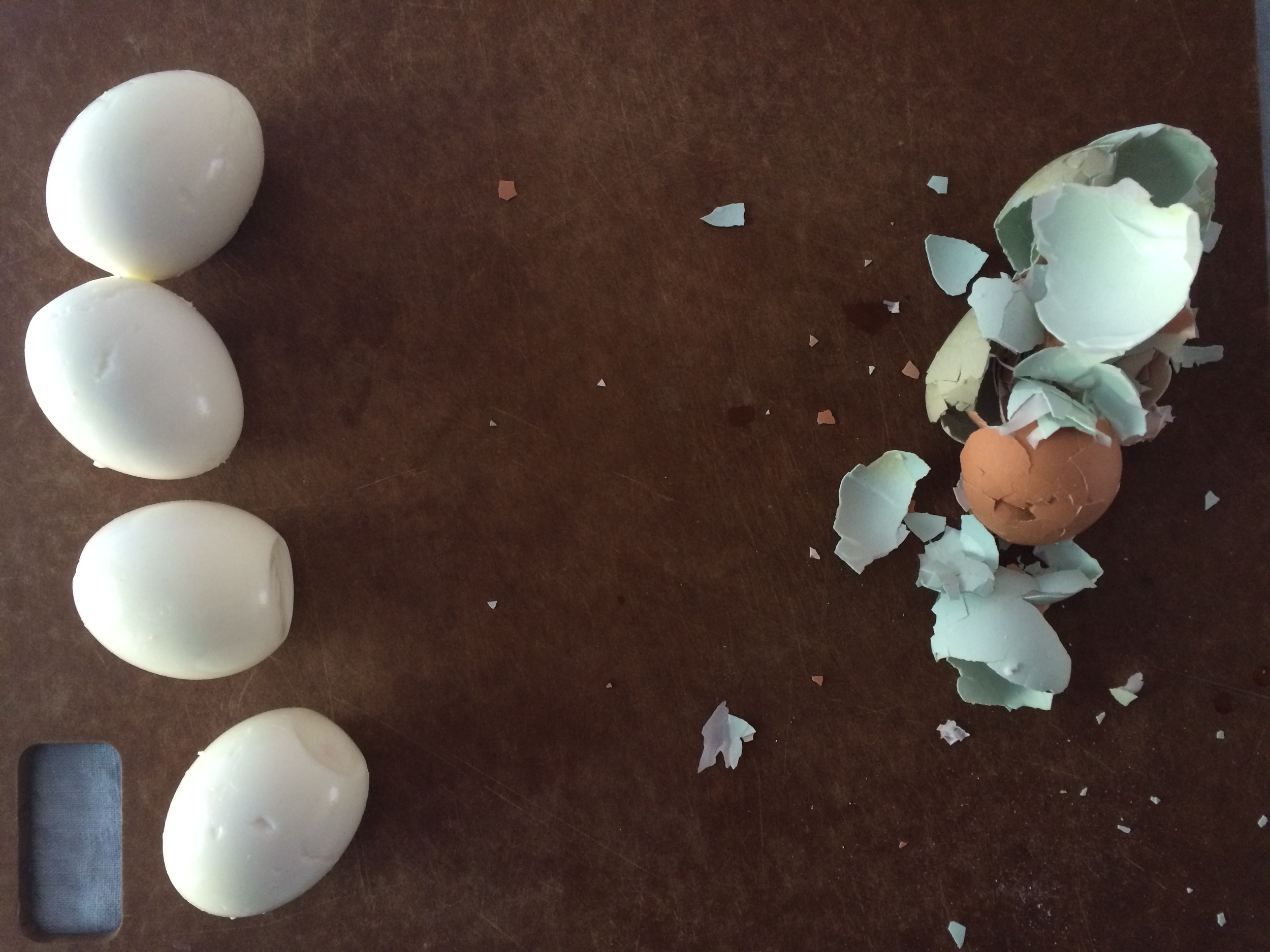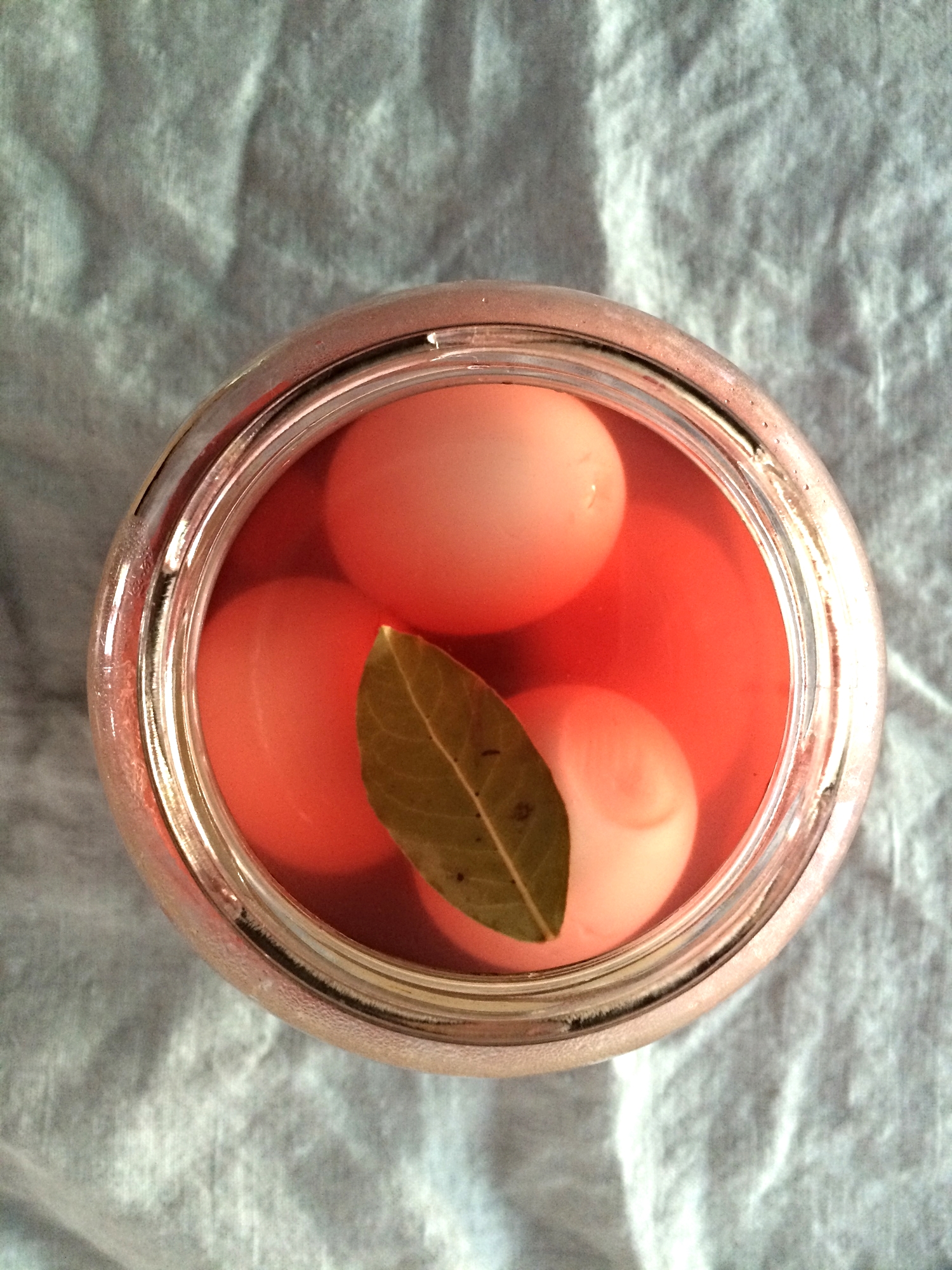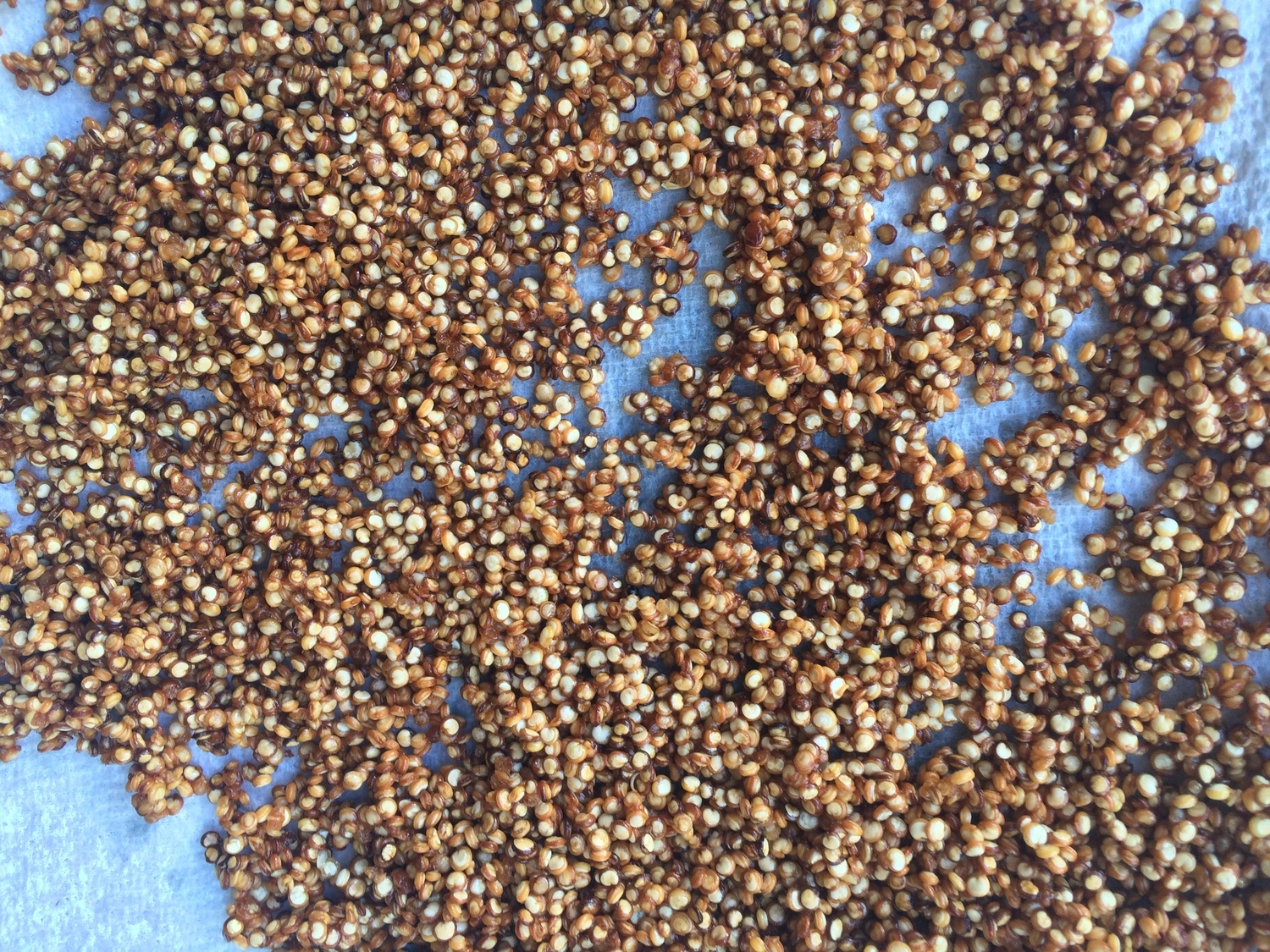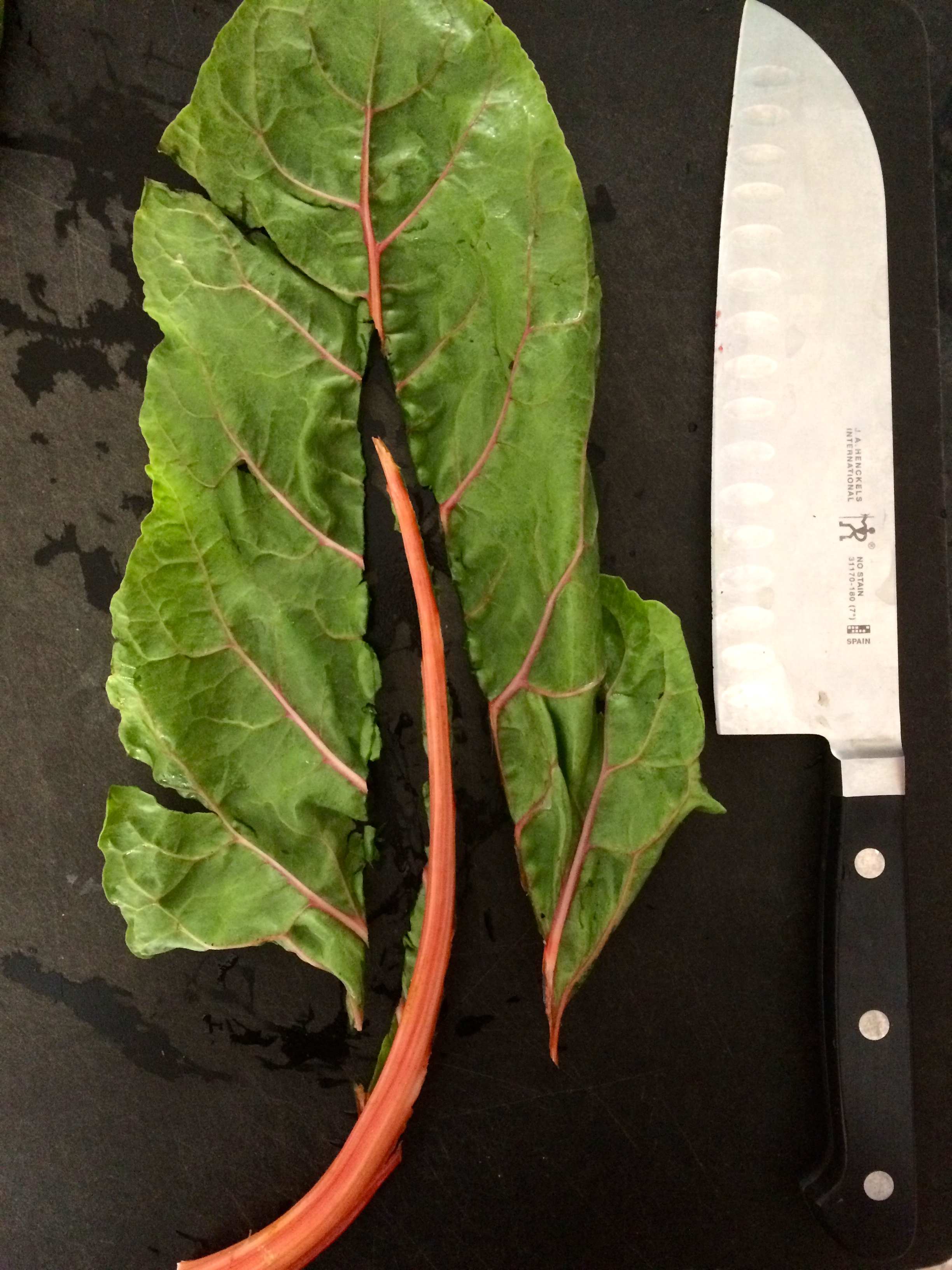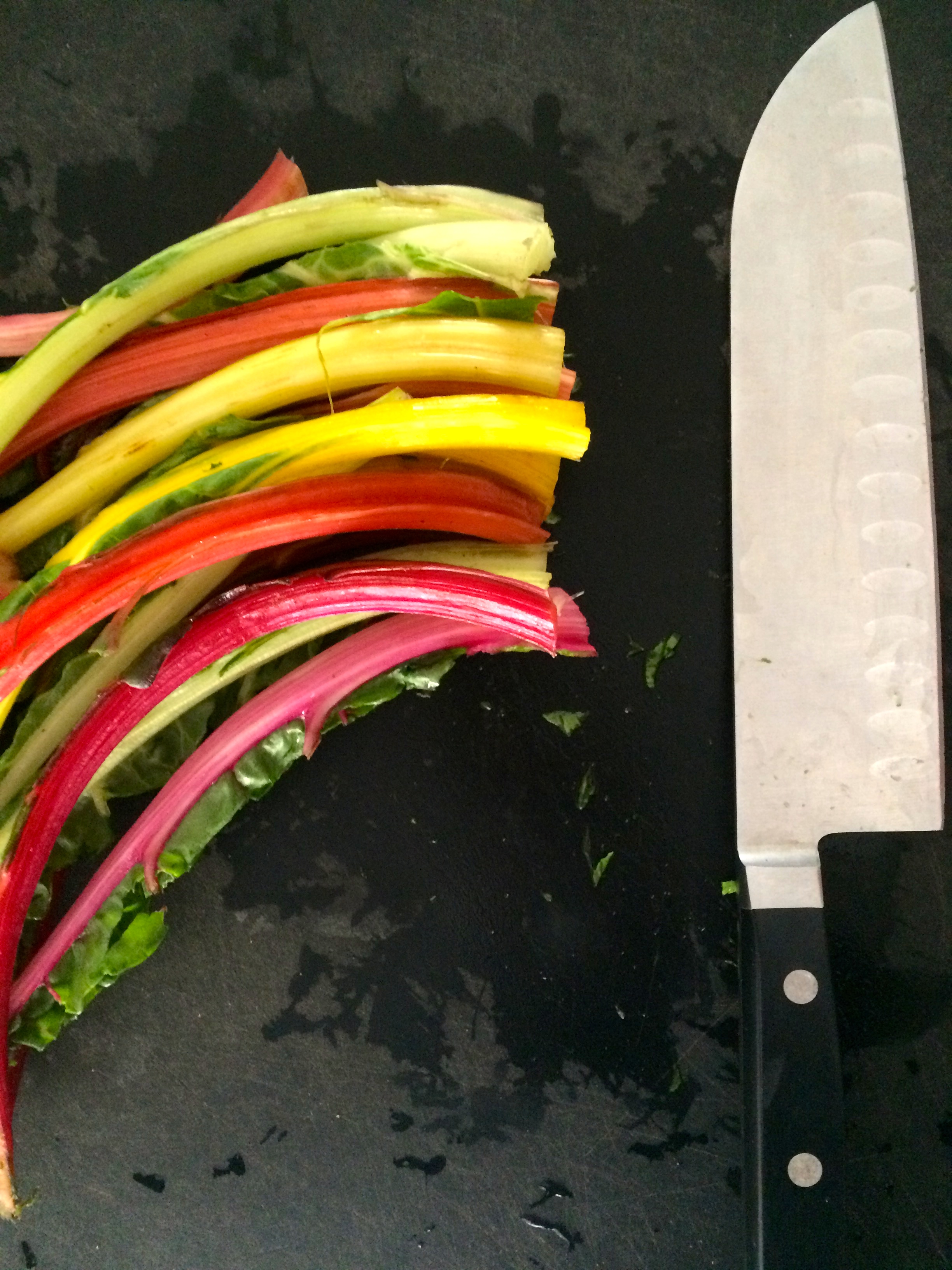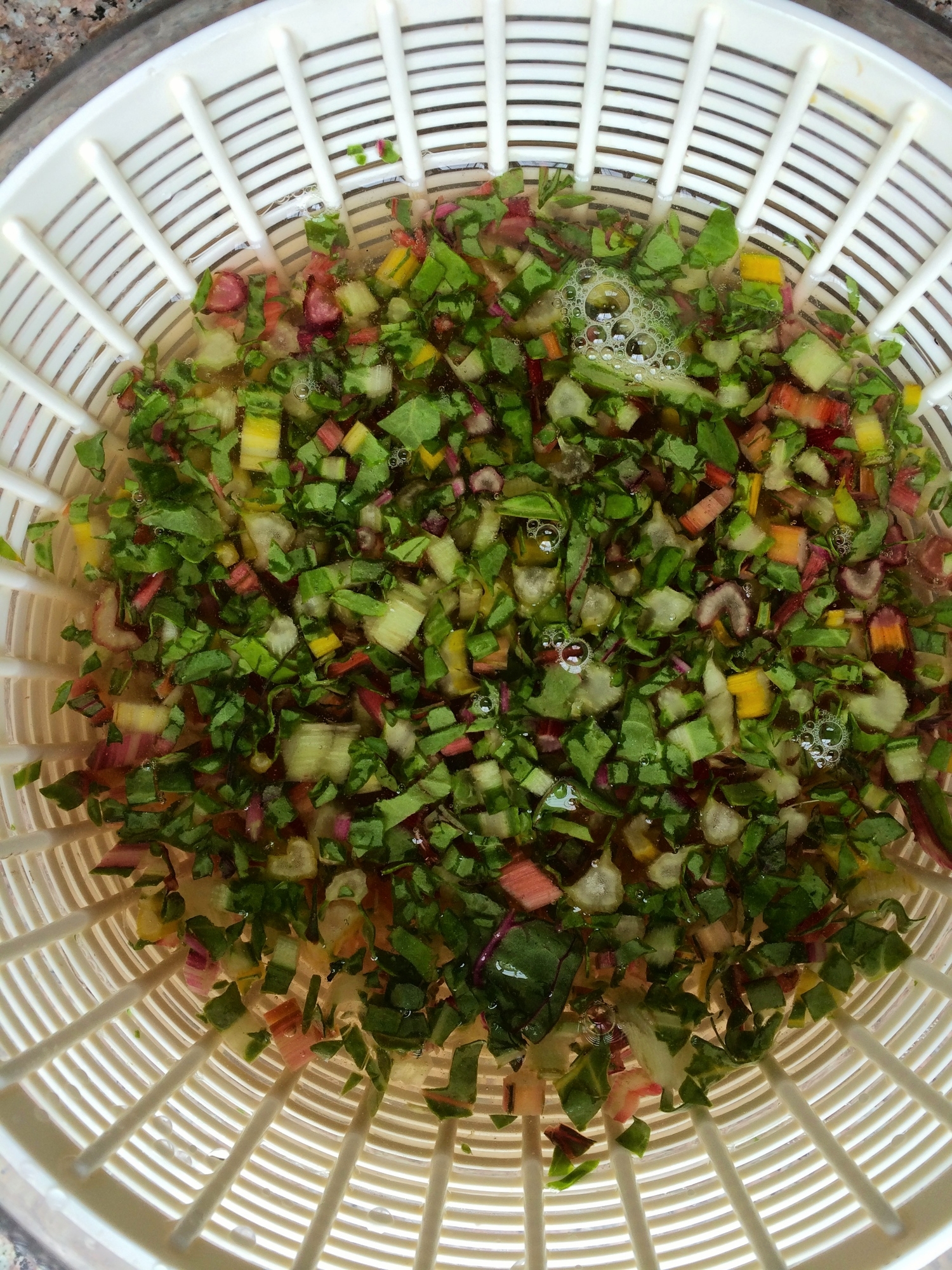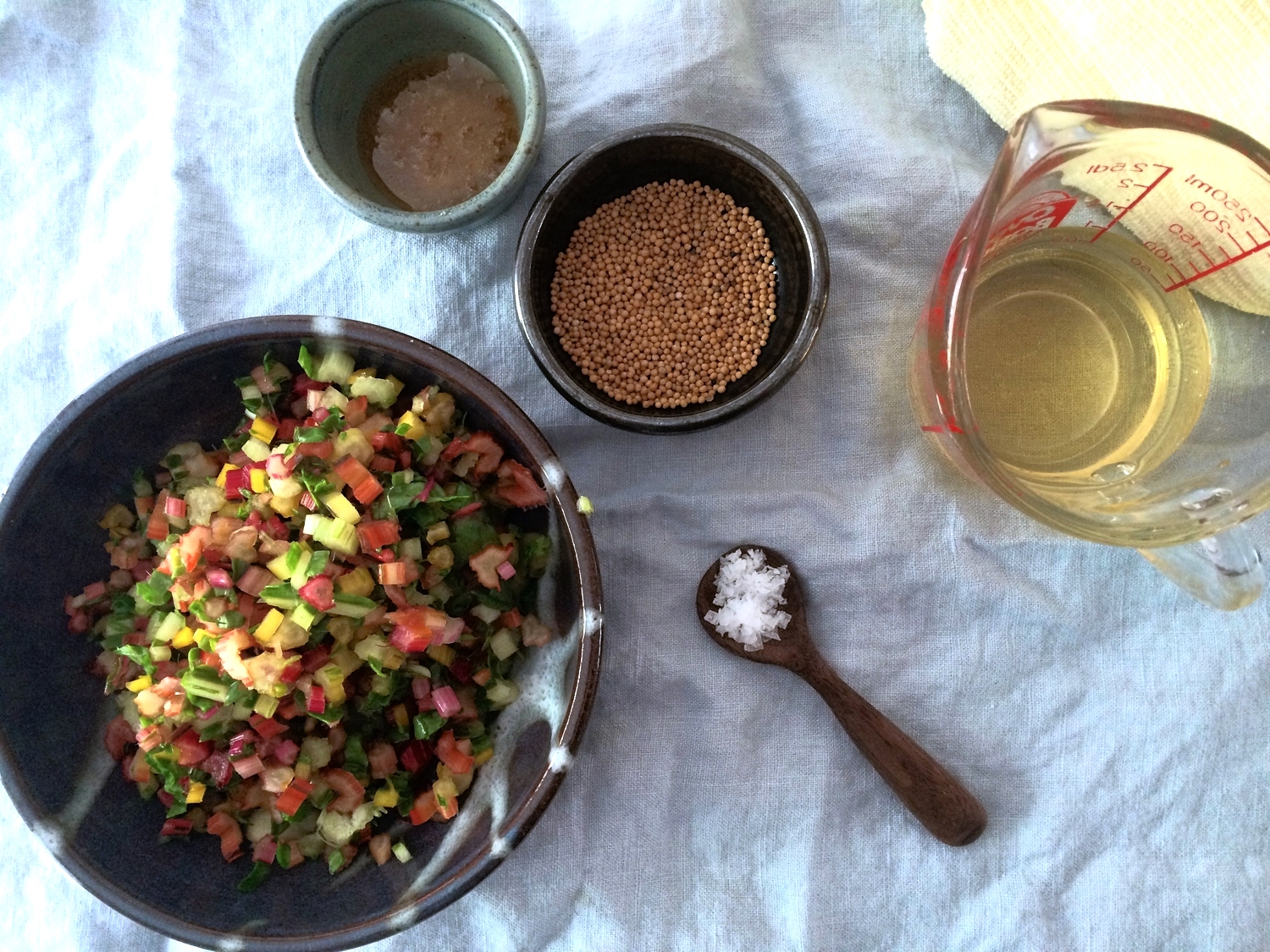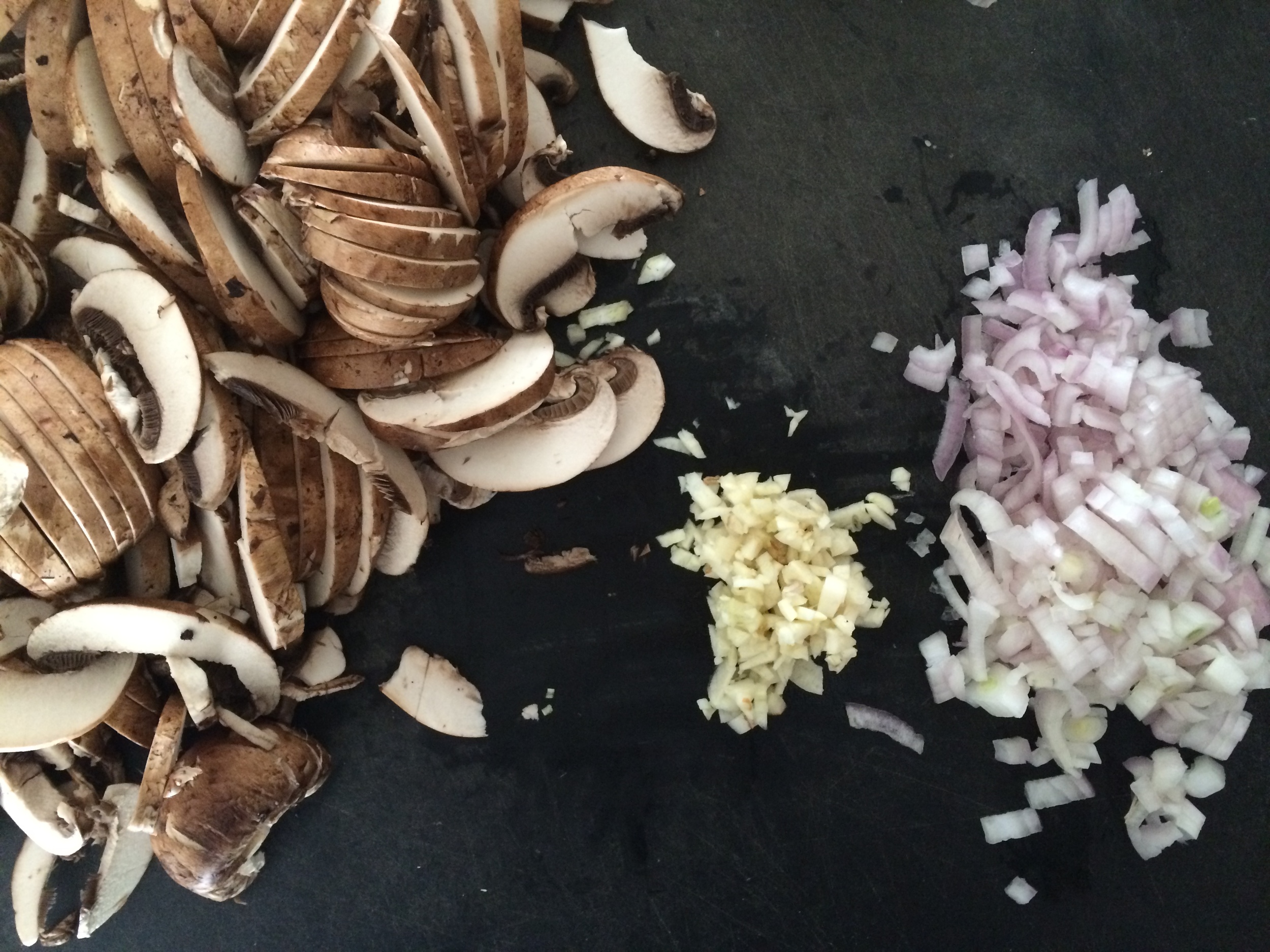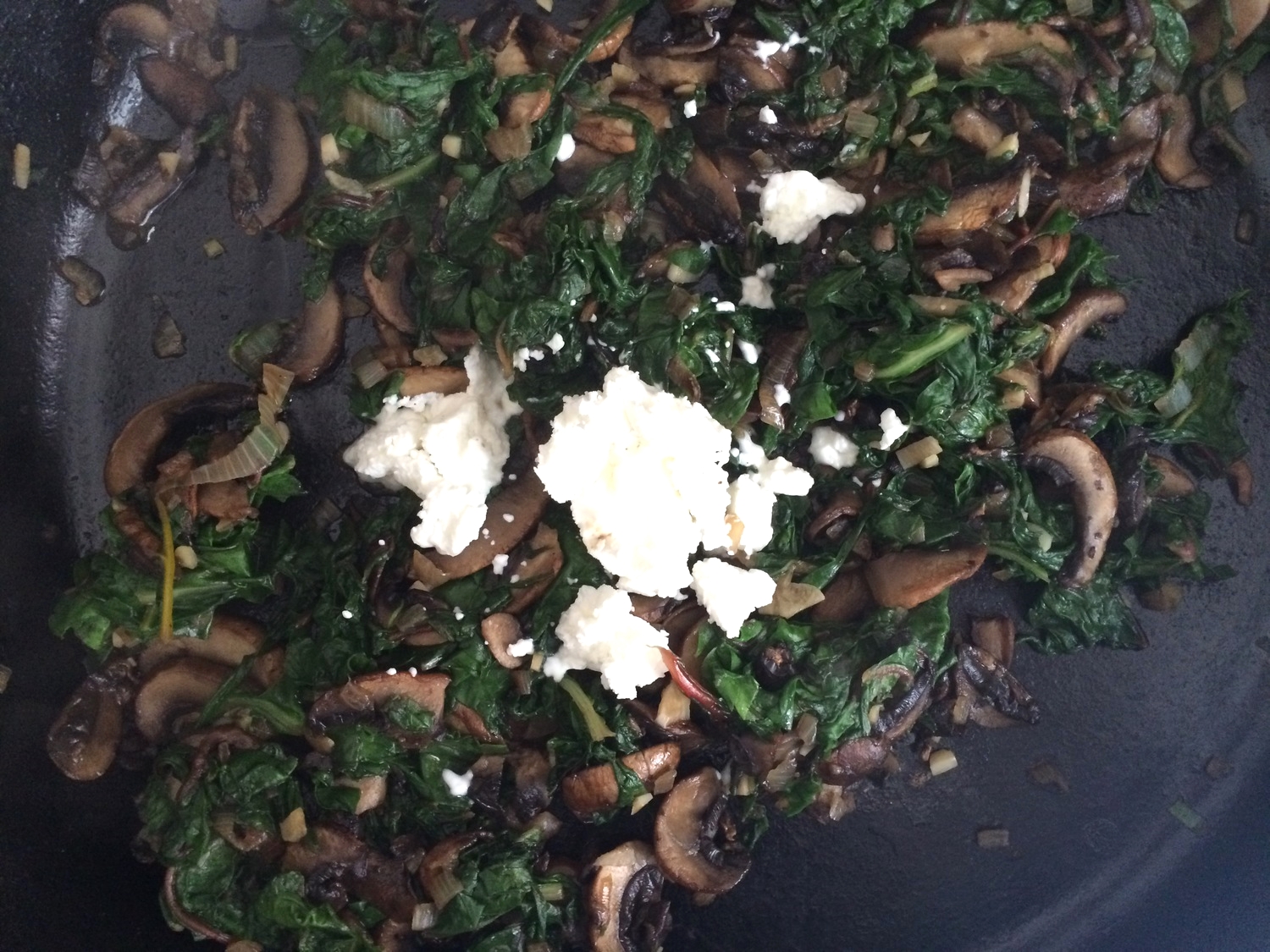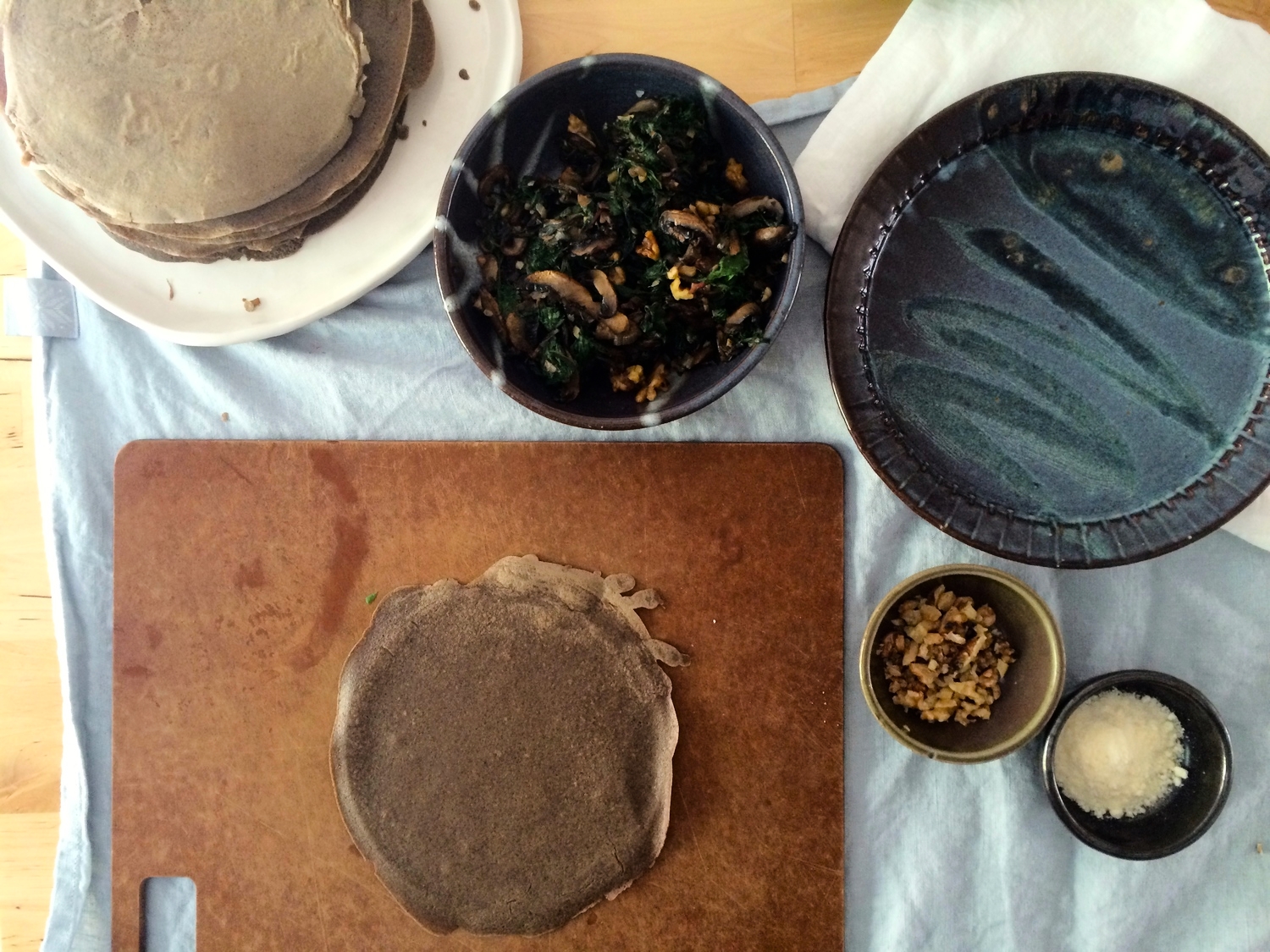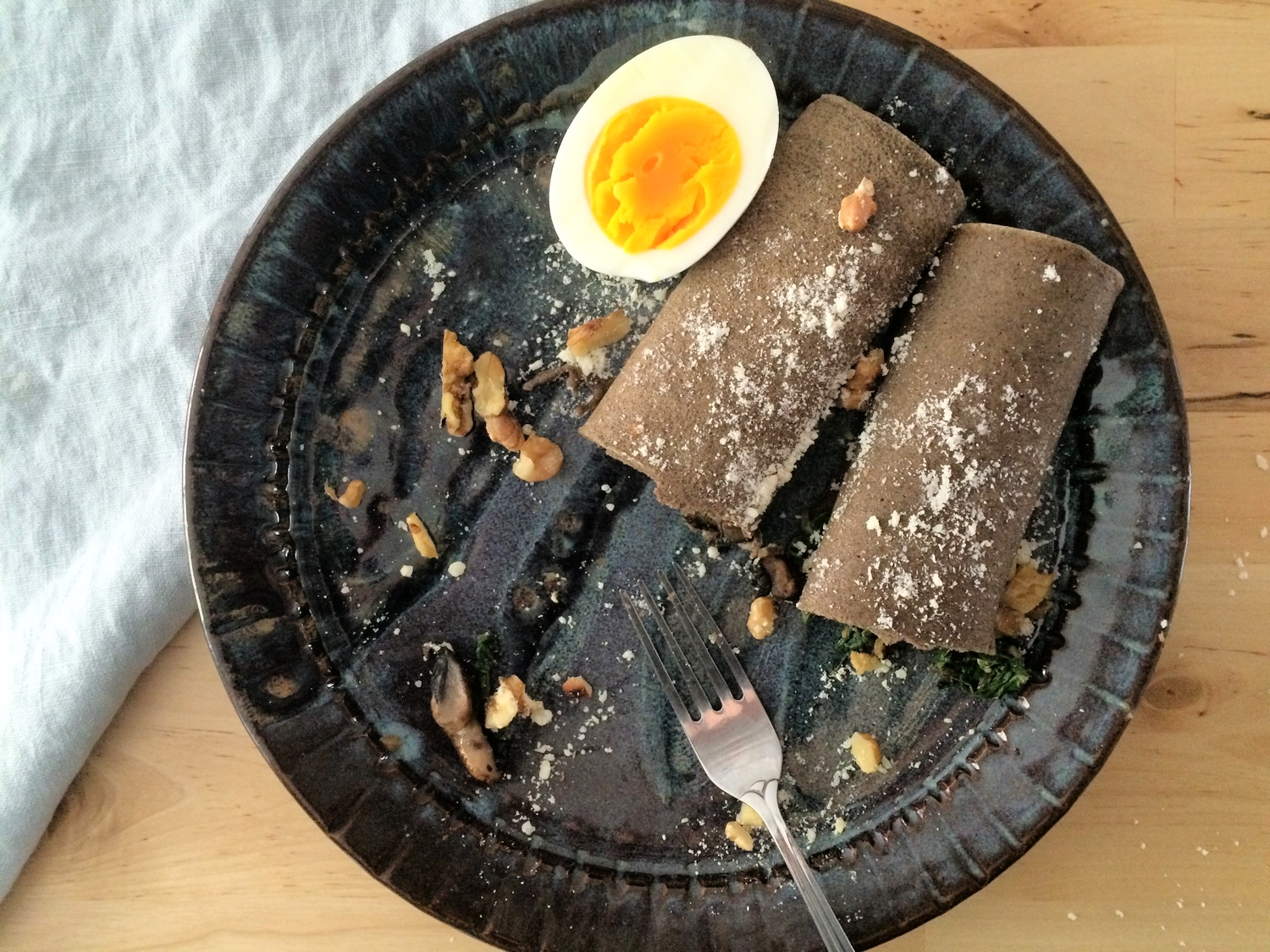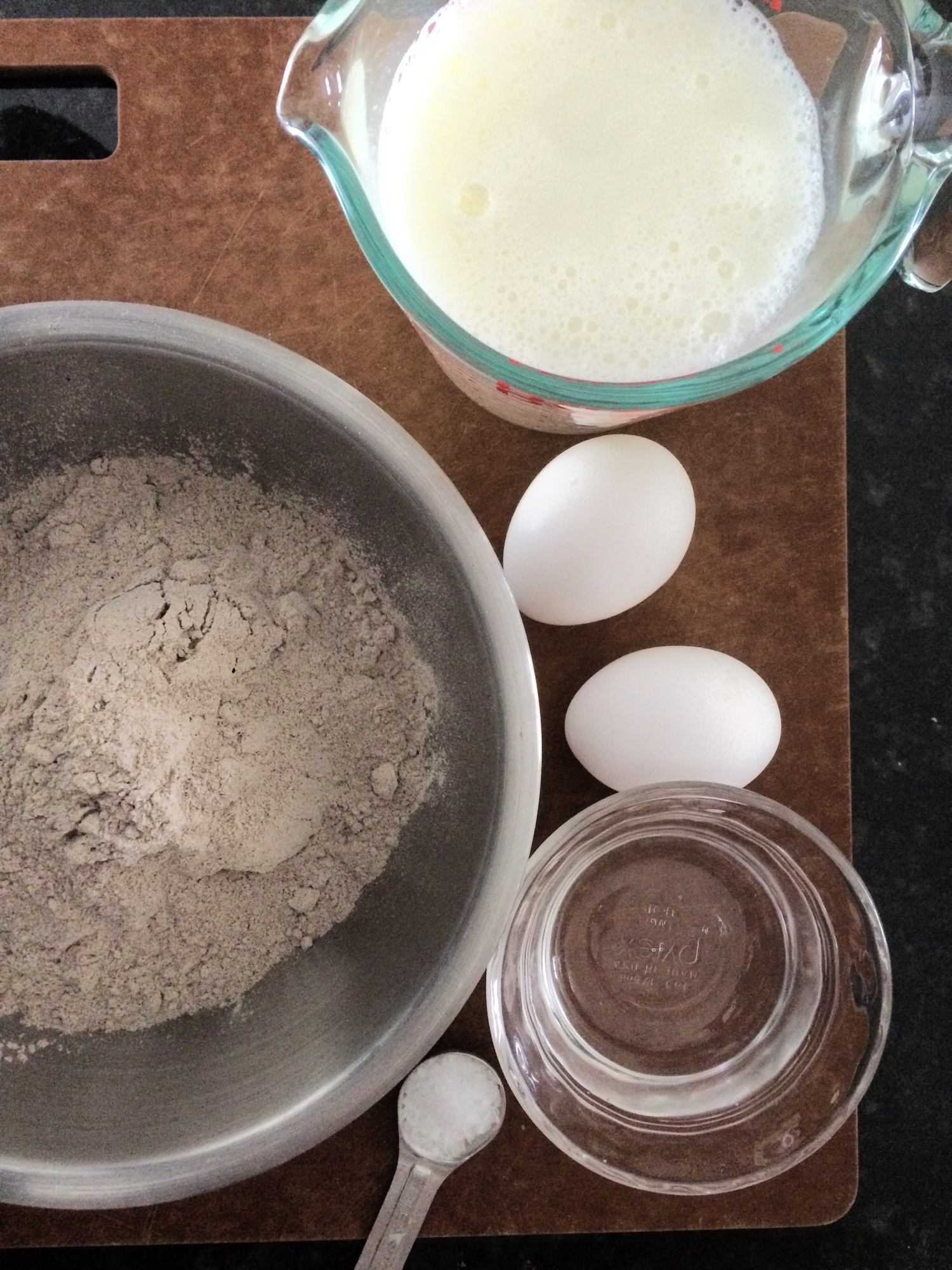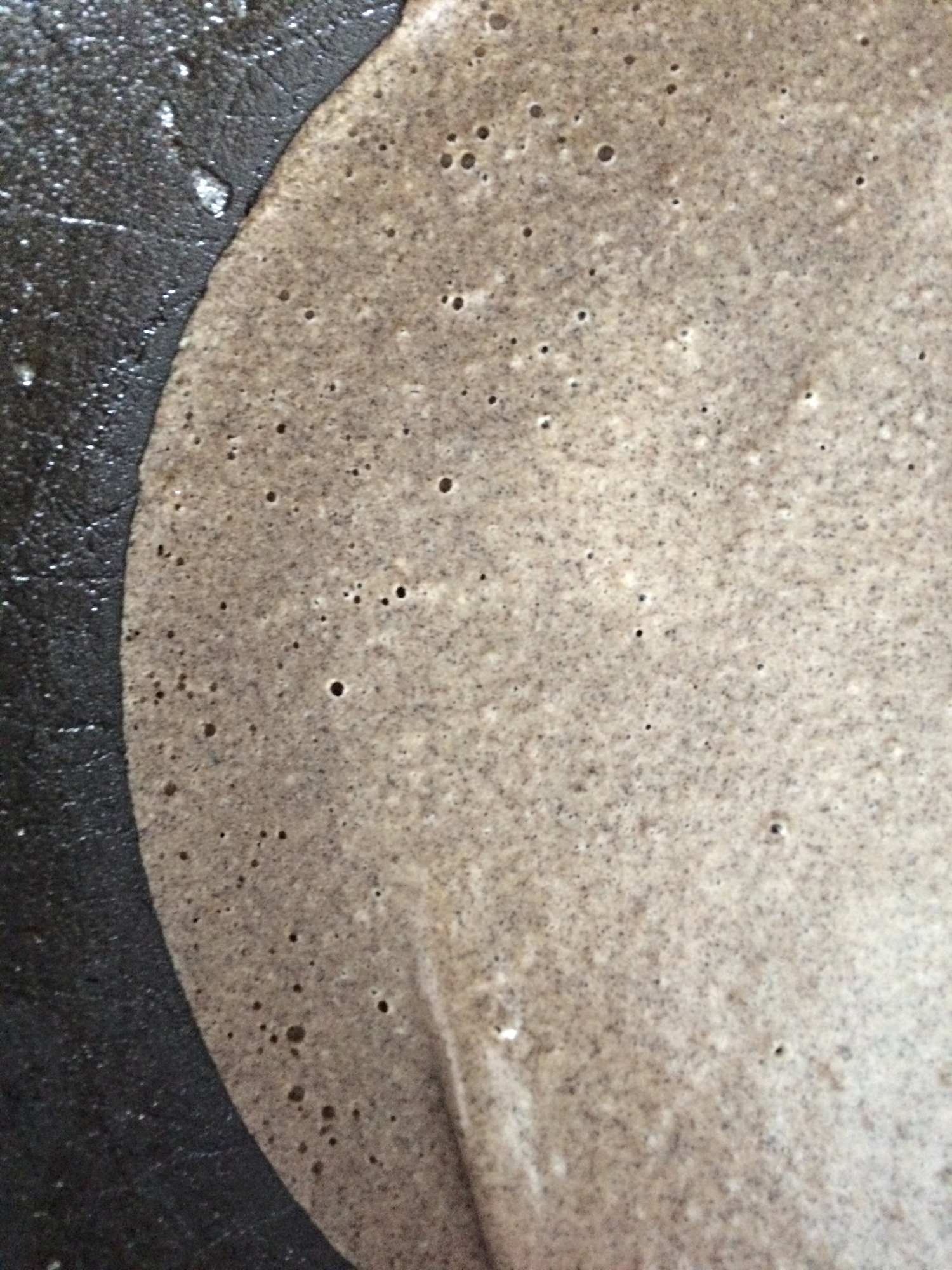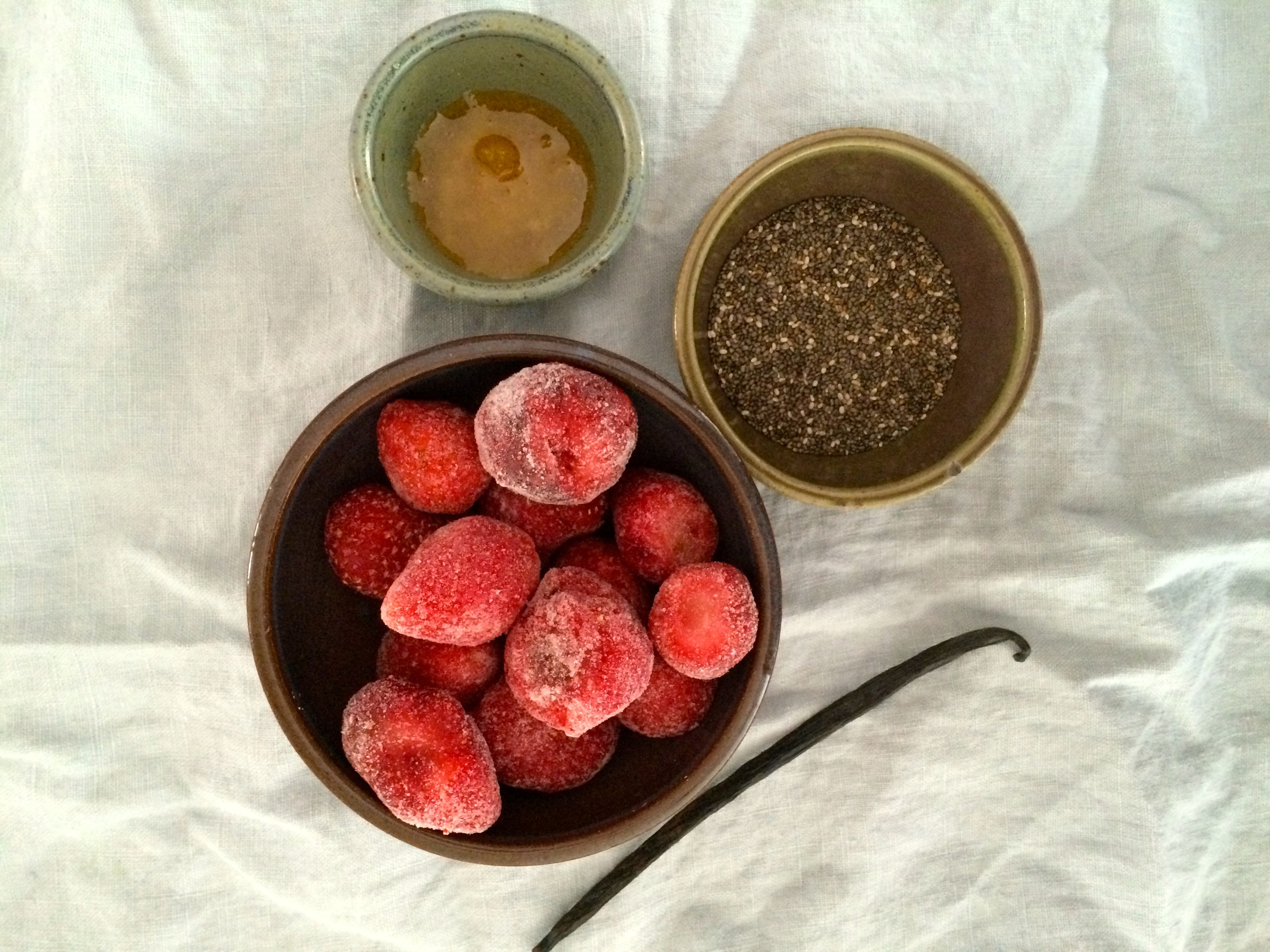Pork carnitas have been somewhat of an elusive thing to me in the kitchen. They have always seemed like the perfect dish to serve at a big group dinner or at a Cinco de Mayo fiesta, but I had trouble executing carnitas that I was proud of serving. In my previous efforts to make them, the results ranged from fairly bland to too tough to too greasy. When I stumbled upon a recipe for Carnitas Tacos in Philadelphia's March issue of Grid Magazine, I was once again inspired to give them another go. I was skeptical that I would get enough flavor without browning the onions or the meat first, instead just dumping everything in a pot and leaving it alone for almost 4 hours. And the result? Melt in your mouth, flavorful pork that rivaled any carnitas that I have eaten in any Mexican place.
I modified a quite things in the recipe after making it once, but the method and basic ingredients were pretty consistent with the recipe I found. On the second go around, I toasted the spices before grinding them, used chipotle chili powder instead of regular chili powder (and more of it), decreased the cinnamon, used apple cider vinegar and water instead of apple cider, seared the meat a little before shredding for tacos since not enough liquid had evaporated, and served it with a bright pineapple relish and avocado instead of a chile sauce that was recommended. The recipe I have written below reflects those changes.
You can easily make the pork a day or two before and allow it to rest in its cooking liquid until you are ready to serve. If you are going to freeze cooked carnitas, I recommend storing it in a little bit of its cooking liquid to prevent it from drying out. Once ready to serve, remove the chunks of meat from the liquid and heat it in a well-oiled cast iron skillet until just a little brown on the edges. Pull it apart with a fork or your fingers (if it has not already fallen apart) and serve with soft, warm corn tortillas, a little pineapple relish, and avocado slices.
Pork Carnitas Tacos with Pineapple Relish
Carnitas:
3 1/2 lb. pork shoulder, excess fat trimmed and cut into 2-inch cubes
1 medium onion, peeled and chopped
8 cloves garlic, peeled and smashed
1 tablespoon cumin seeds
1 tablespoon dried oregano or marjoram
1/2 teaspoon ground cinnamon
1 1/2 teaspoons chipotle chili powder
1 tablespoon salt
1 orange, zest removed in thick strips with a vegetable peeler
2 bay leaves
1/2 cup apple cider vinegar
2- 2 1/2 cups water
Pineapple Relish:
1/2 pineapple, outer layer removed and yellow flesh finely diced
1 small red onion, peeled and finely diced
1 lime (1/2 teaspoon zest + juice)
3 tablespoons finely chopped fresh cilantro
sprinkle of salt
For serving:
Corn tortillas, warmed to soften
Avocado, cut into slices
Cilantro
Lime wedges
Toast the spices. In a small skillet, toast the cumin seeds for 2-3 minutes over medium-low heat until they slightly darken and begin to release their aroma. Add the oregano, cinnamon, and chili powder and cook for 30 seconds or until they can be smelled. Remove from heat.
Place the pork, onions, garlic cloves, toasted spices, and salt in a large pot or Dutch oven. Toss everything together to coat. Use a vegetable peeler or sharp knife to remove outer peel of orange in thick strips. Tuck the orange zest strips and bay leaves in between the pieces of meat. Squeeze the remaining orange fruit flesh to release all of the juice into the pot. Add the apple cider vinegar and 2 cups of water to mostly cover the pork. It is okay if a little bit of the pork is sticking above the water, but add more water if the pork is still not well covered. Turn the heat to high, bring to a boil, and then reduce the heat to a simmer. Cover and cook on low for 2 hours.
After 2 hours, uncover the pot and continue to cook for another 90 minutes or up to 2 hours. A lot of the liquid will evaporate. At this point, you can remove the pork from the heat to cool and then store the pork in its cooking liquid in the refrigerator if you are making ahead of time. Otherwise, you can slightly drain the pork and serve at once, shredding with forks. Or you can remove the pork with a slotted spoon to a well-oiled skillet to crisp up the outer bits of the pork prior to shredding and serving.
Make the relish. Combine all of the ingredients in a bowl and stir to combine. You can make this up to a day in advance.
To serve, fill a tortilla with some carnitas, a spoonful of pineapple relish, a few avocado slices, and garnish with extra cilantro and lime wedges, if desired. Serves 8.



